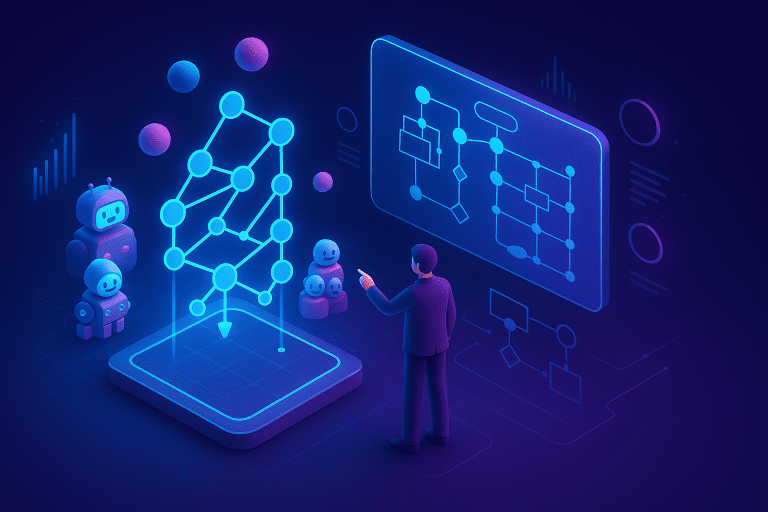Causation-First Model Engineering

Causation-First Model Engineering – Moving Beyond Correlation to True Insight
In an era where artificial intelligence is embedded in every layer of business decision-making, the distinction between correlation and causation is critical. Many AI models excel at pattern recognition, identifying statistical associations within vast datasets. However, these correlations often fail to reveal the underlying cause-and-effect relationships that truly drive outcomes. This is where Causation-First Model Engineering changes the game.
Causation-first approaches prioritize understanding the mechanisms behind observed patterns, ensuring that AI systems do more than predict—they explain, justify, and guide decisions grounded in reality. Rather than passively learning associations, these models actively seek causal relationships, enabling organizations to make strategic decisions with confidence that they are acting on root causes rather than surface patterns.
Why Causation Matters
A purely correlation-based AI might find that umbrella sales are strongly linked with traffic congestion. While this pattern may be statistically accurate, it tells us little about the real driver—rainfall. Acting on correlation alone risks misallocation of resources, flawed policies, and costly strategic errors.
Causation-first modeling, by contrast, aims to uncover that rain causes both umbrella purchases and traffic congestion—allowing for interventions and strategies that target the true driver.
How Causation-First Models Work
Causation-first engineering blends:
This approach not only improves forecasting precision but also supports scenario planning, risk analysis, and proactive decision-making.
Business Advantages
Organizations adopting causation-first models unlock:
Key Use Cases
The Future of AI Engineering
As data volumes grow, correlation-only AI will increasingly be seen as insufficient. The future belongs to models that can explain why as well as predict what. Causation-first engineering will be foundational to next-generation AI systems—especially in high-stakes environments where decision accuracy is non-negotiable.
By shifting the AI paradigm from prediction to understanding, businesses can craft strategies that address the forces truly shaping their outcomes—transforming AI from a reactive tool into a proactive, insight-driven partner.

Perpetual Orchestration Engine, powering the future of all million+-token, AI tech-Stacks.”
© Copyright 2025 CHICAMUS AI Systems Inc.
We use cookies to improve your experience on our site. By using our site, you consent to cookies.
Manage your cookie preferences below:
Essential cookies enable basic functions and are necessary for the proper function of the website.
These cookies are needed for adding comments on this website.
Statistics cookies collect information anonymously. This information helps us understand how visitors use our website.
Google Analytics is a powerful tool that tracks and analyzes website traffic for informed marketing decisions.
Service URL: policies.google.com (opens in a new window)
Marketing cookies are used to follow visitors to websites. The intention is to show ads that are relevant and engaging to the individual user.